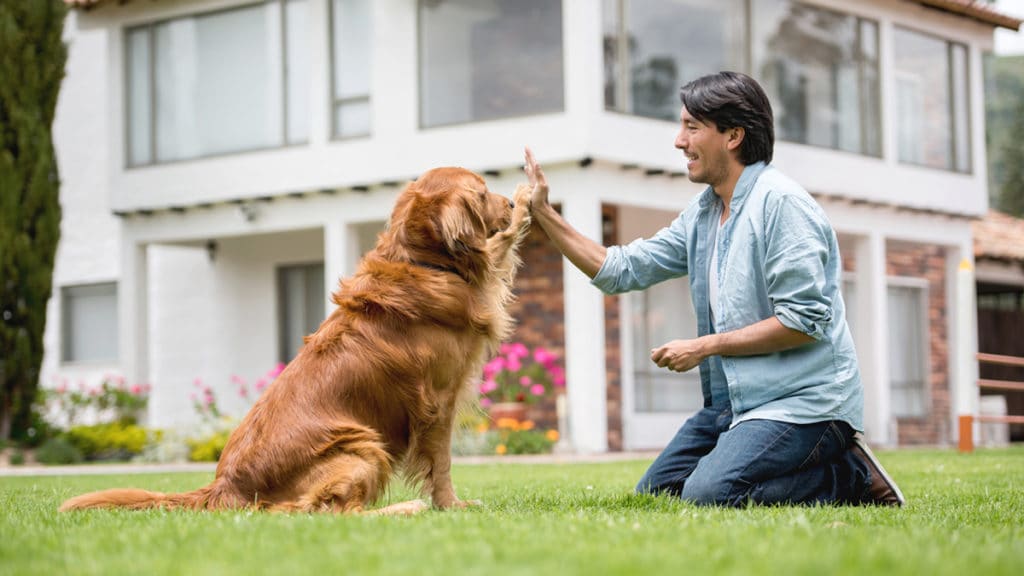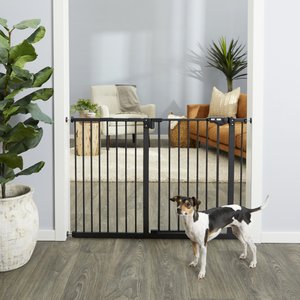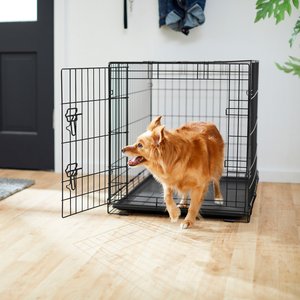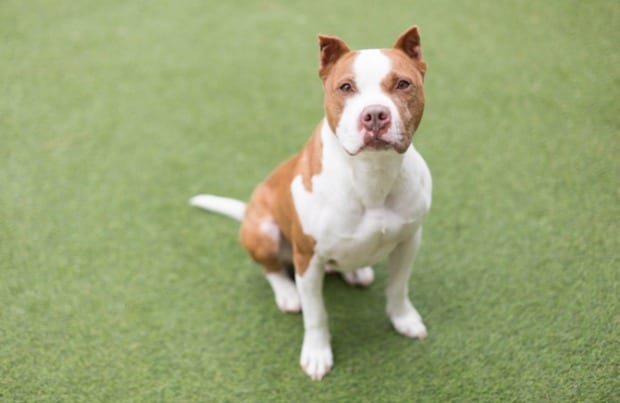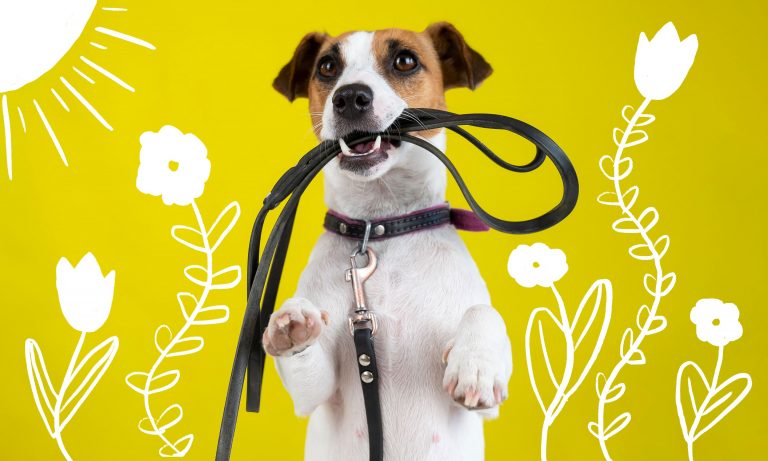What is it about Golden Retrievers that make them such a popular pick for dog parents? Well, besides their beauty, both Golden Retriever puppies and adult doggos typically are very people-oriented dogs who exhibit good behavior, lots of affection and gentle temperaments. Golden Retriever breeders will tell you that these intelligent dogs have lots of energy and usually respond well to training. From basic obedience training and leash training to crate training and fun tricks, this pooch is eager and quick to learn—especially if you’ve got some yummy dog treats in hand!
Positive Reinforcement 101
No matter the dog breed you’re working with, the best training approach is always positive reinforcement, aka using rewards to teach desired behaviors, explains Caroline George, DVM, a veterinarian with the Aliso Beach Animal Clinic in Laguna Beach, California. Not only is this considered the kindest approach, but it’s highly effective for all types of training. Here's how it works: When your dog performs a skill or behavior that you like, you give them treats, toys or praise. In time, your dog associates that skill or behavior with good outcomes and becomes more likely to repeat it.
There's one catch, though: Positive reinforcement works best when pet parents stay consistent. For example, every time they ask a dog to sit or shake—and it is done correctly—a treat or toy should be given. At the same time, it’s best to avoid negative reinforcement, aka punishment, if your pup doesn’t catch on right away.
10 Golden Retriever Training Tips
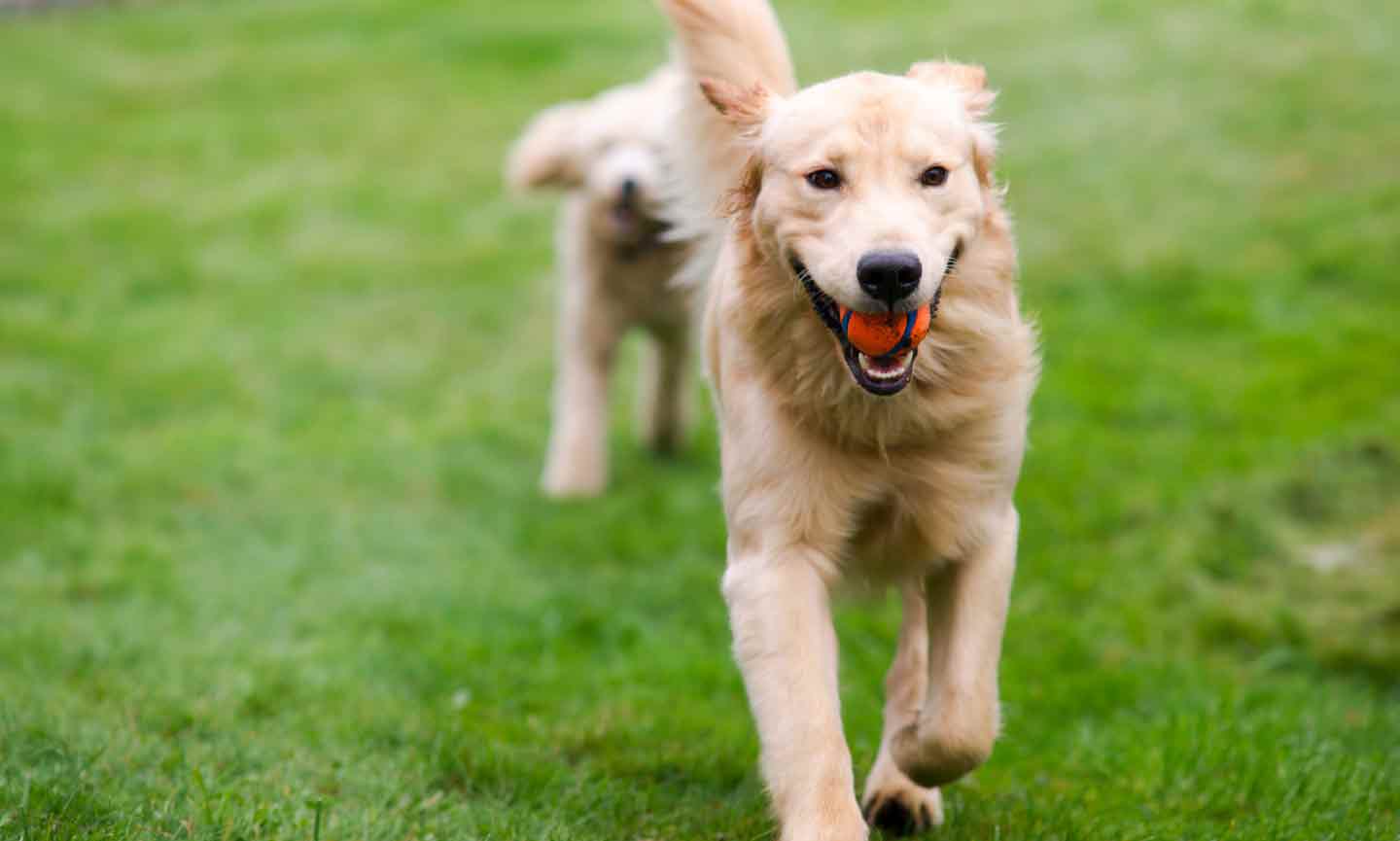
1 Make Dog Training Sessions Fun
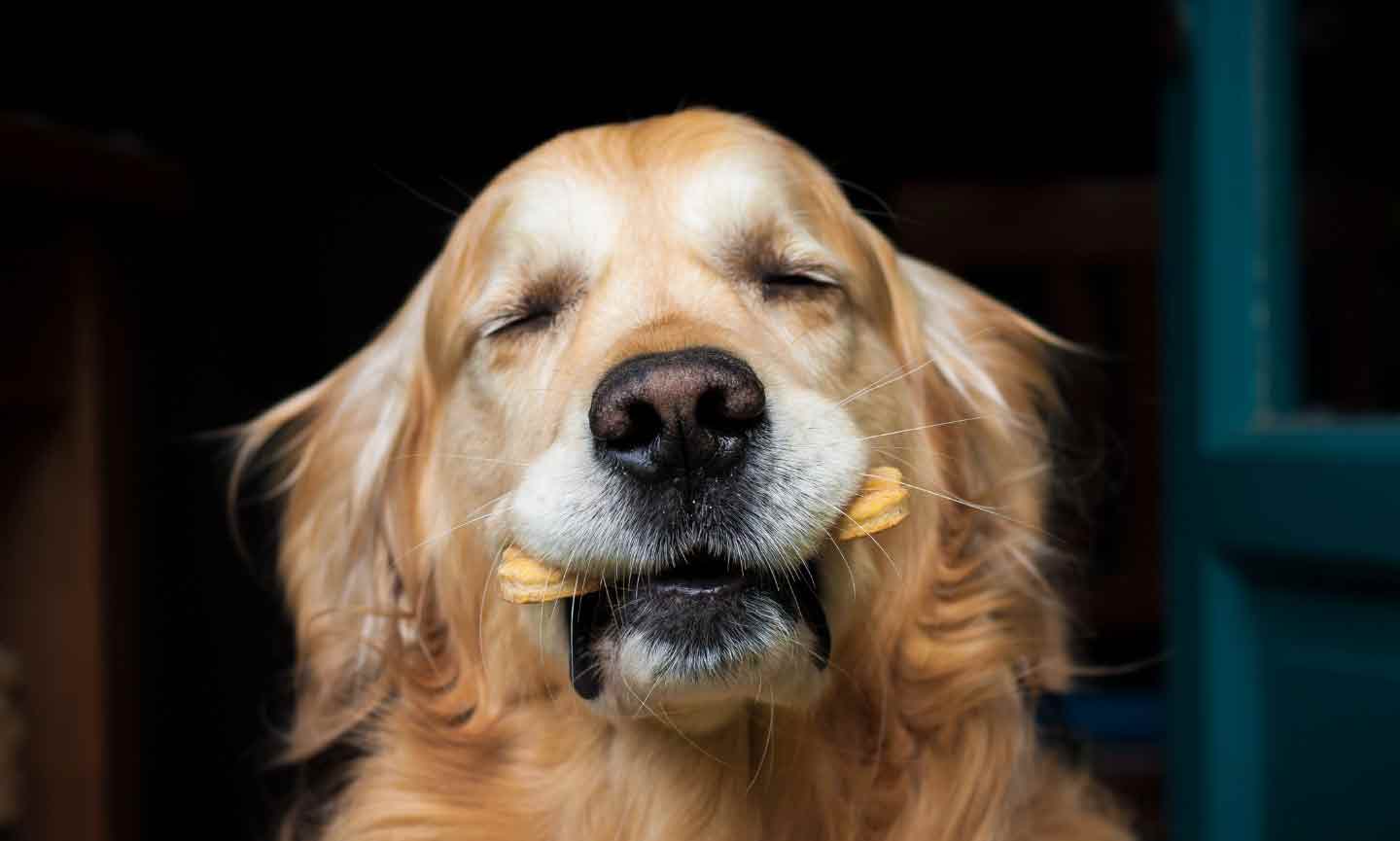
2Make It Rewarding
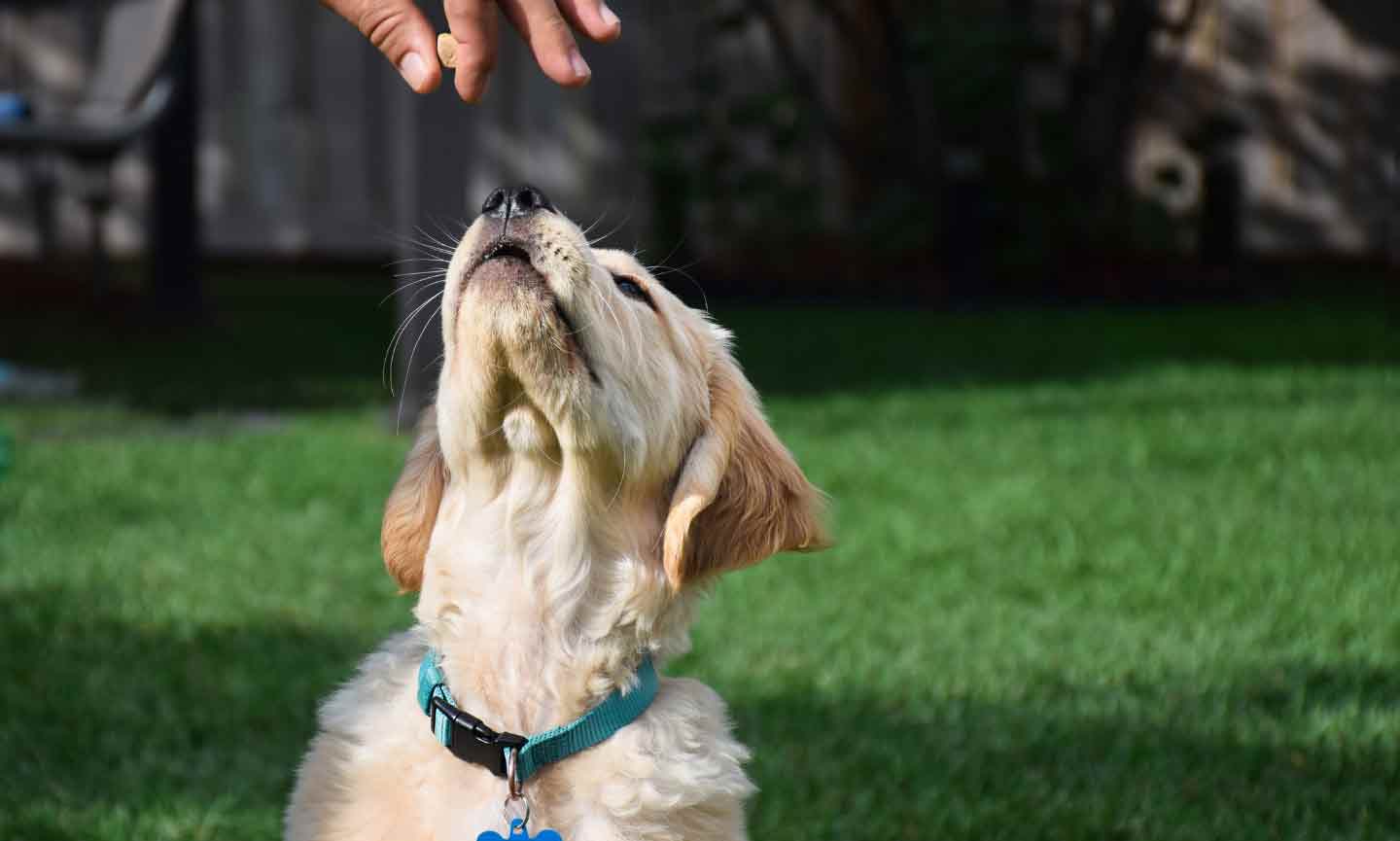
3Keep It Age- and Skill-Appropriate
We don’t ask toddlers to do algebra. In the same vein, make sure your expectations are reasonable for your dog. For example, puppies need shorter training sessions—around three to five minutes each—because their bodies and brains are not well-developed yet and their attention span is shorter.
Regarding age-appropriate training for puppies, Dr. George recommends the following:
- Potty Training: This should begin as soon as you bring your puppy home. Take your pup out to go potty several times per day and within a few minutes after eating. Make sure you take your pup to the same spot in the yard/the same desired outdoor spot to eliminate each time.
- Socializing: You can begin socialization—aka introducing your puppy to new people, places and experiences—within a week or two of bringing your puppy home. “Expose the pup to several different people and other dogs of similar ages (if appropriately vaccinated and friendly) in a non-threatening environment,” Dr. George advises. “While the pup is being socialized, avoid dog parks, the dog beach or other areas where other dogs may be unvaccinated, unpredictable, or aggressive.” Find out more about how to socialize a puppy.
- Obedience Training: Start training your pup around eight weeks of age. Training your dog early will make it easier to take them to visit the vet, go on walks and thrive in other social situations.
Even adult dogs who are new to you and your home may not be ready for high-level training because they still are adjusting to the new environment and people in their lives. Feel it out and practice patience.
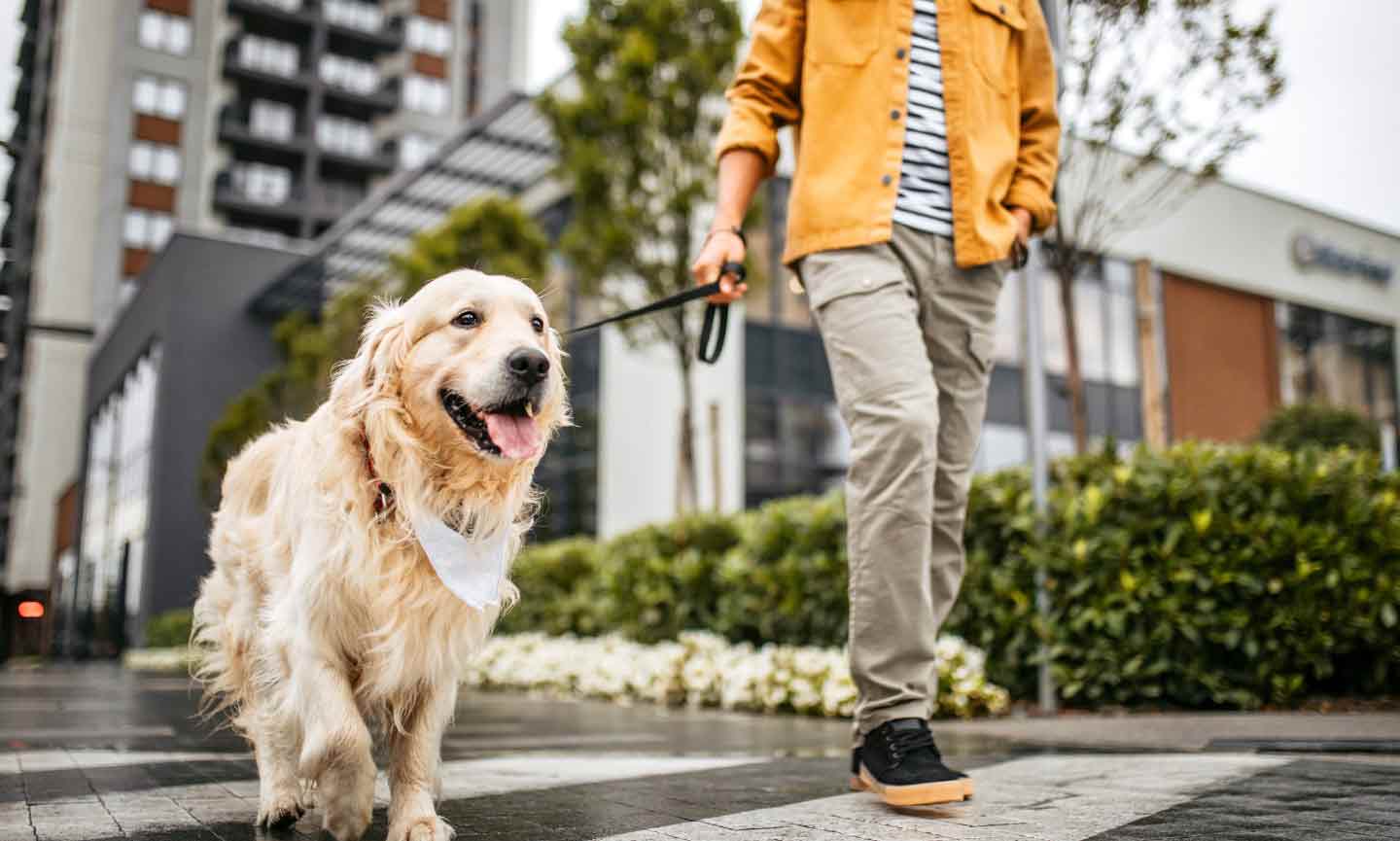
4Make It Safe
Keep safety top of mind when training your Golden Retriever. Complete your training sessions in a space that’s safe and comforting, like your home or backyard, rather than at a noisy dog park or near a busy road.
On that note, because Golden Retrievers are often large, strong and energetic dogs, you may want to consider a gentle leader head collar, such as the PetSafe Gentle Leader Dog Head Collar. This gives you additional leverage whenever you are walking your pet in an exciting environment. You’ll also need a 4-to-6-foot flat training leash for day-to-day walking and training.

5Make Dog Training Clear
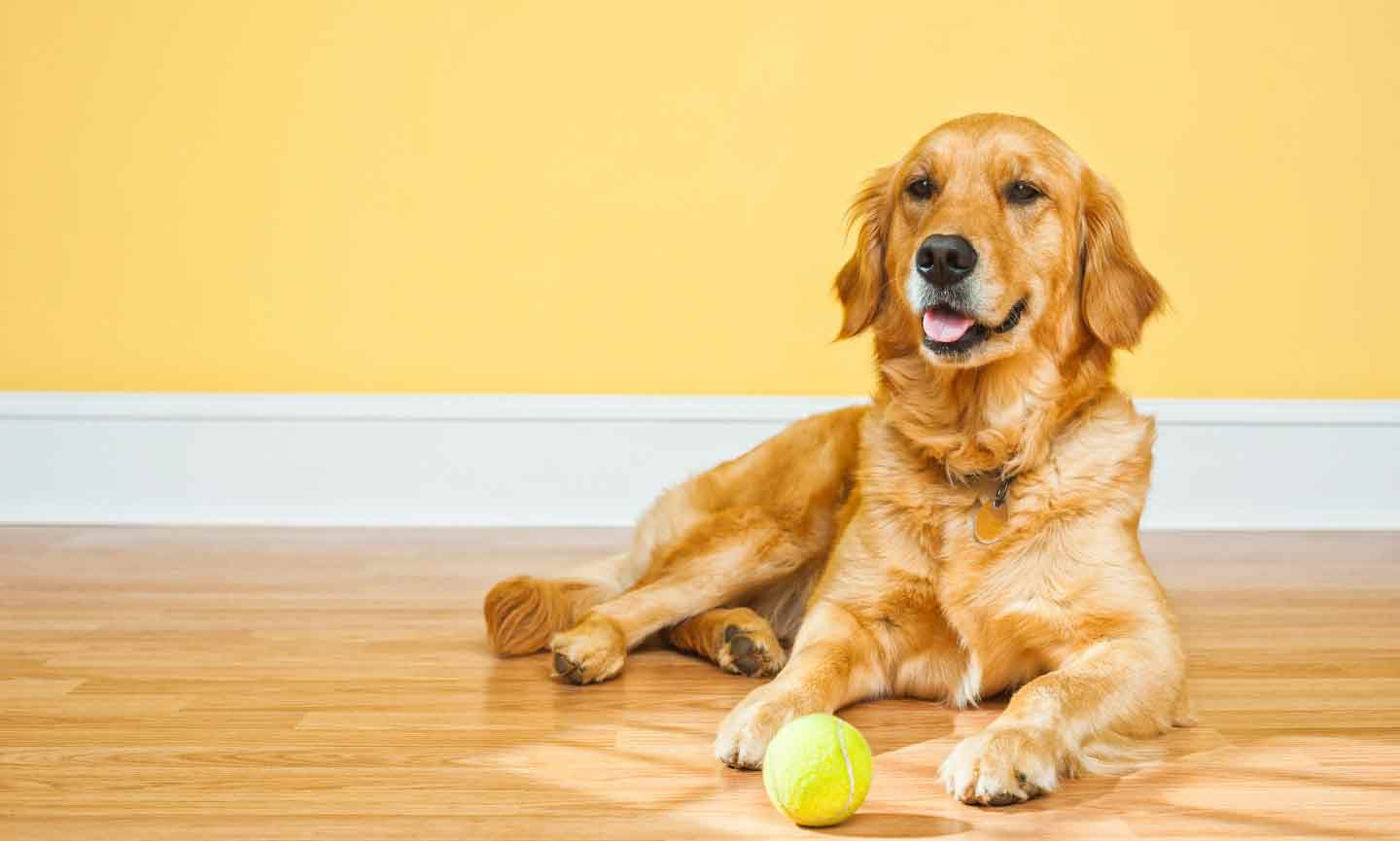
6Make Training a Regular Part of the Day
None of us master skills without regular practice, and the same goes for your floofy canine companion. Speed up the process by including dog training during daily activities.
Is it time for dinner? Then practice “sit” before you put the bowl in front of your dog. Are you about to take a walk? Call your dog’s name just before you pick up the leash (or whatever cue the dog might notice). Practice “down” and “stay” after your dog’s walk, when they’re more likely to respond to your cue. There are many opportunities to practice commands in everyday situations, so use that to your advantage!
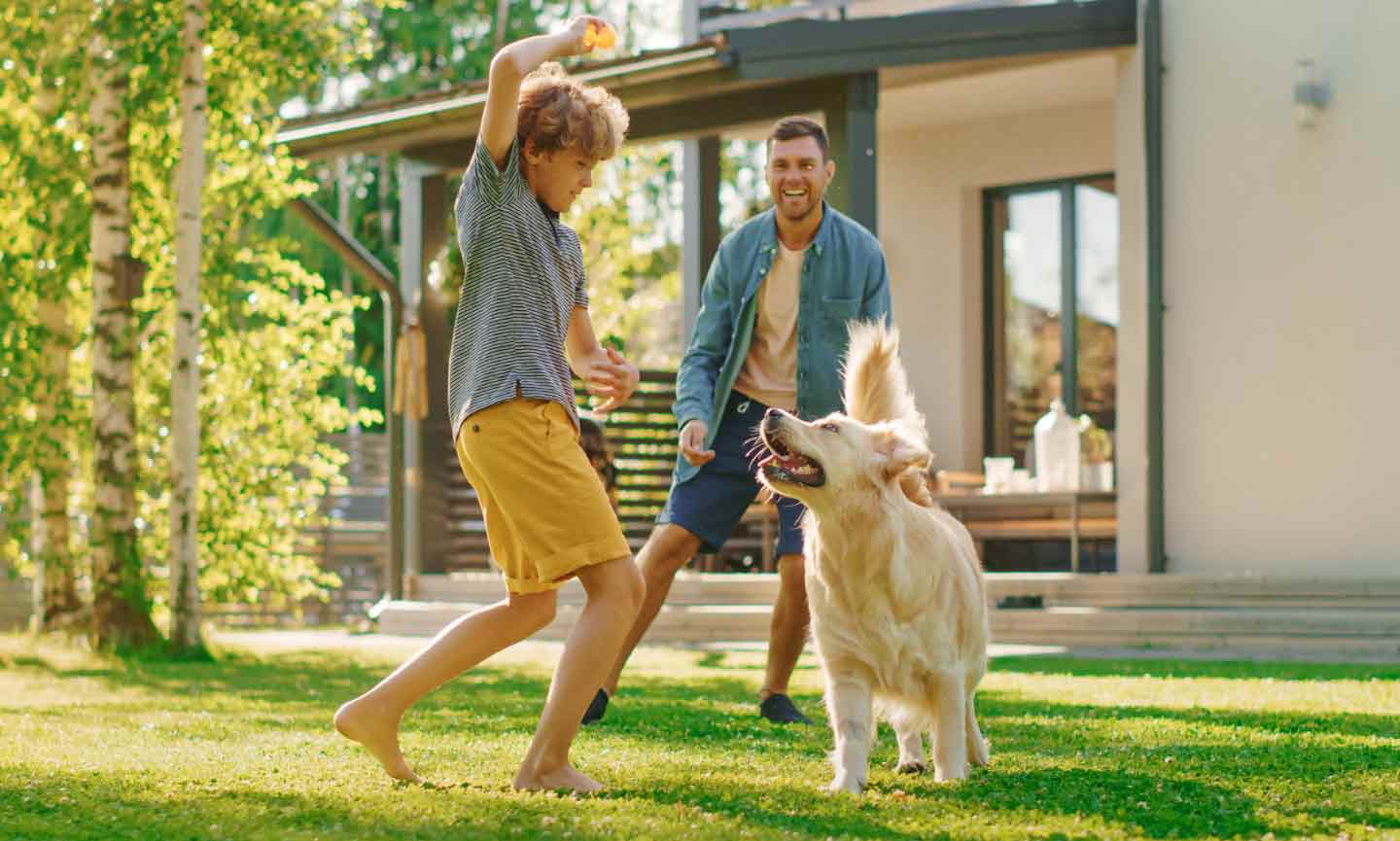
7Make Dog Training a Family Project
Be sure your Golden Retriever has a positive relationship with every member of the family—including other pets. Encourage each family member to practice basic skills with the dog, including:
Encourage everyone to work on emphasizing a default behavior.
You can help other pets feel safe around your Golden by using equipment (a dog leash, crate and/or dog gate) to separate them as needed when supervision isn’t possible.
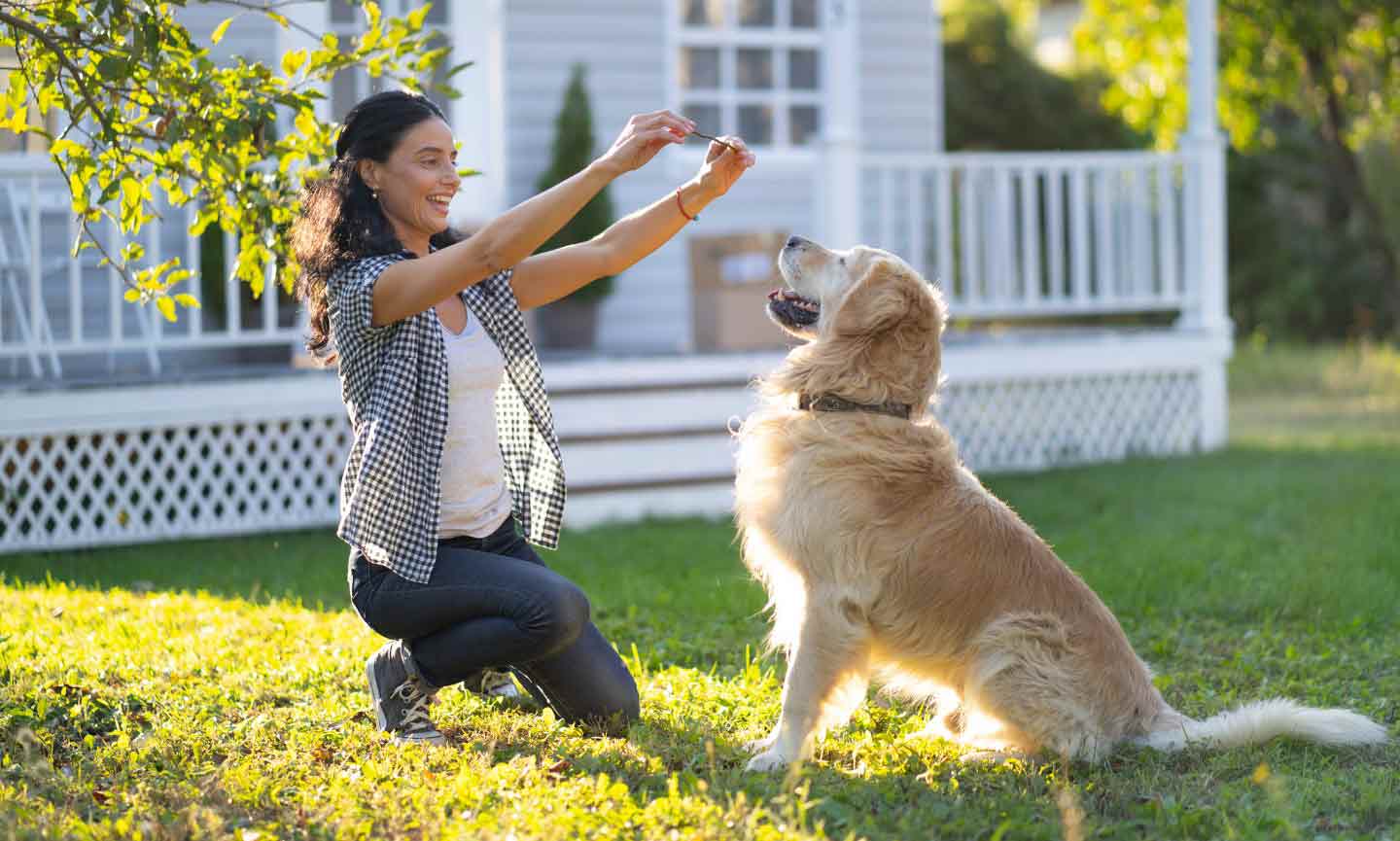
8Make It Consistent
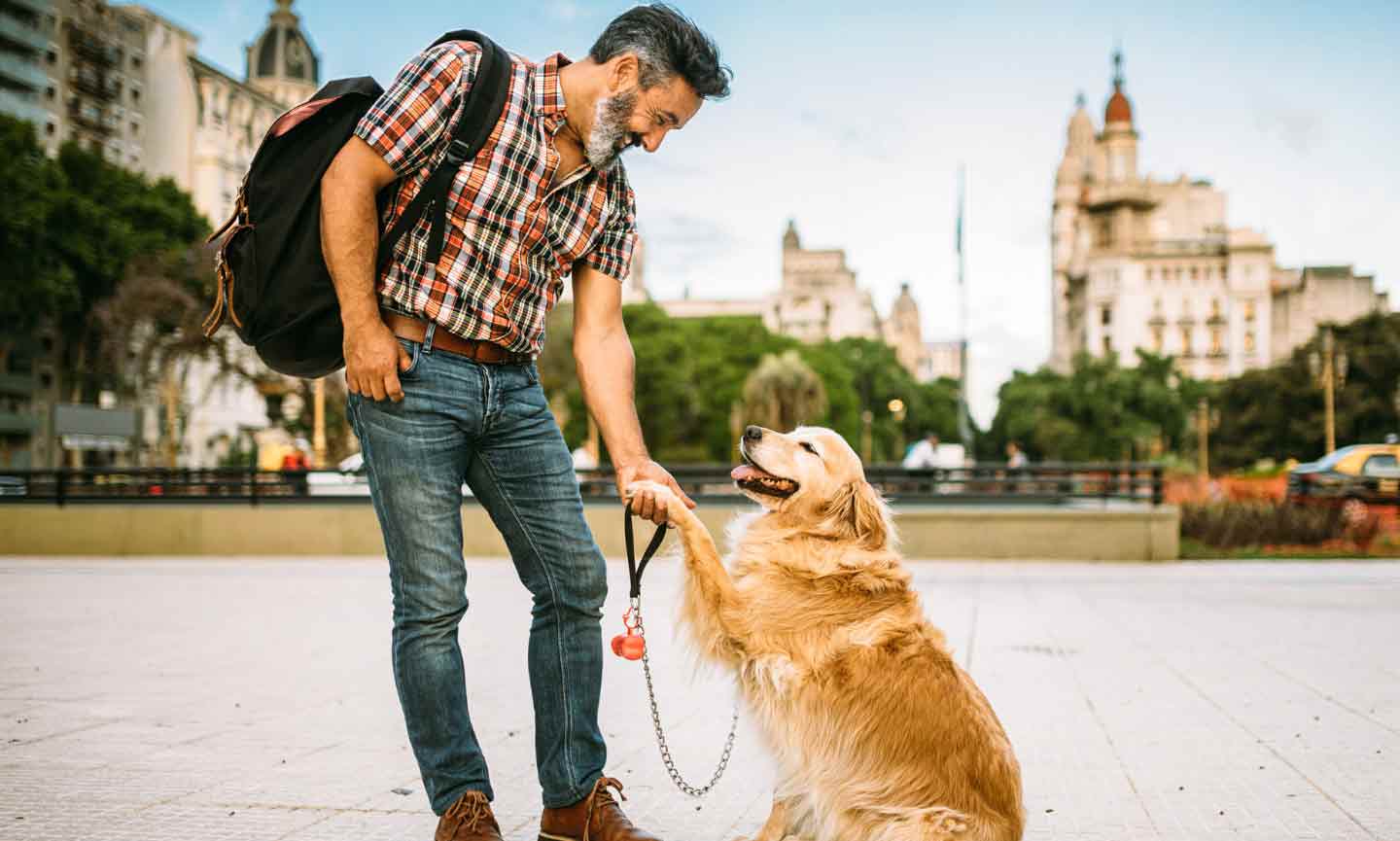
9Make Dog Training Progressive
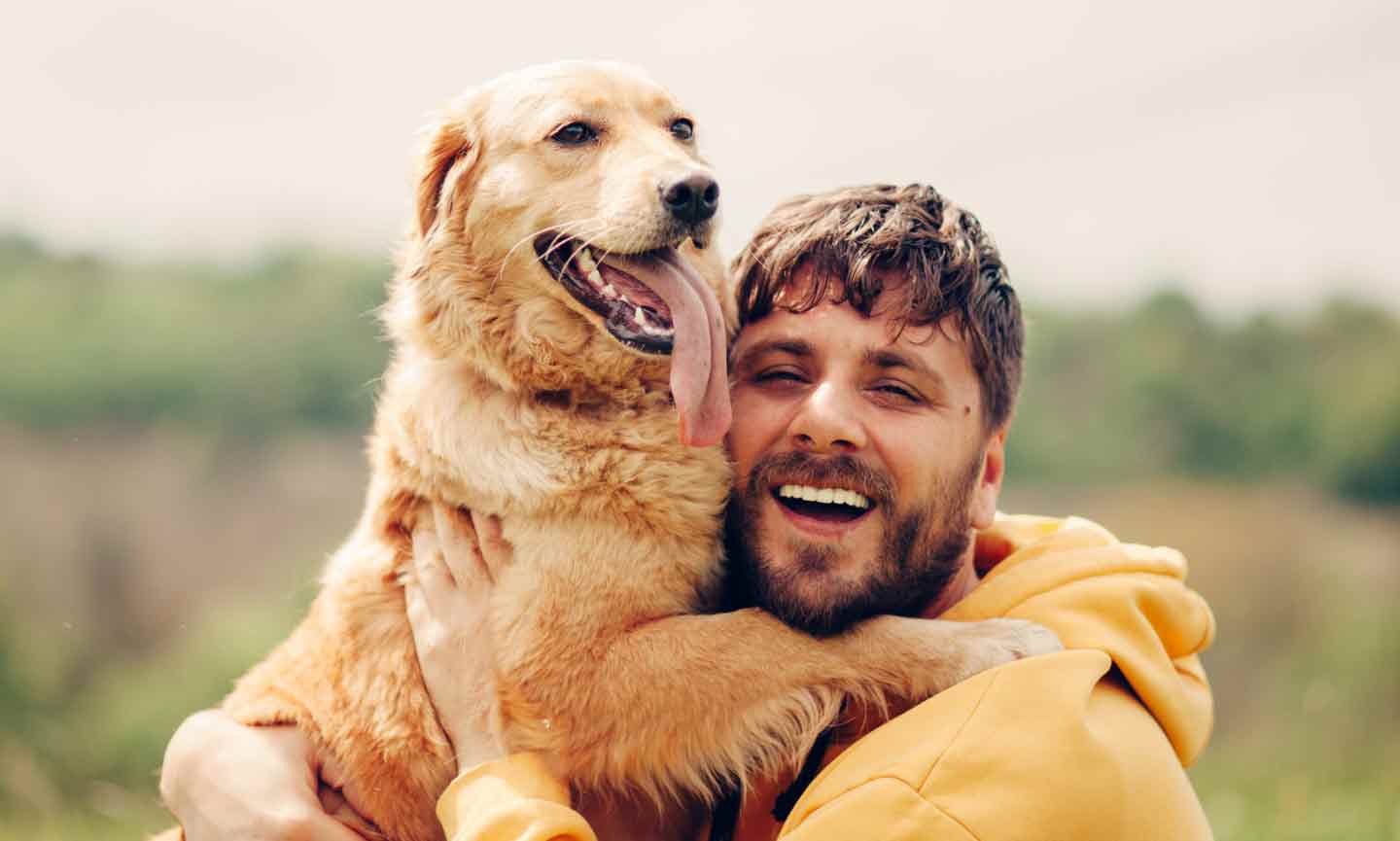
10Make It a Lifetime Commitment
More About Goldens
Share:
